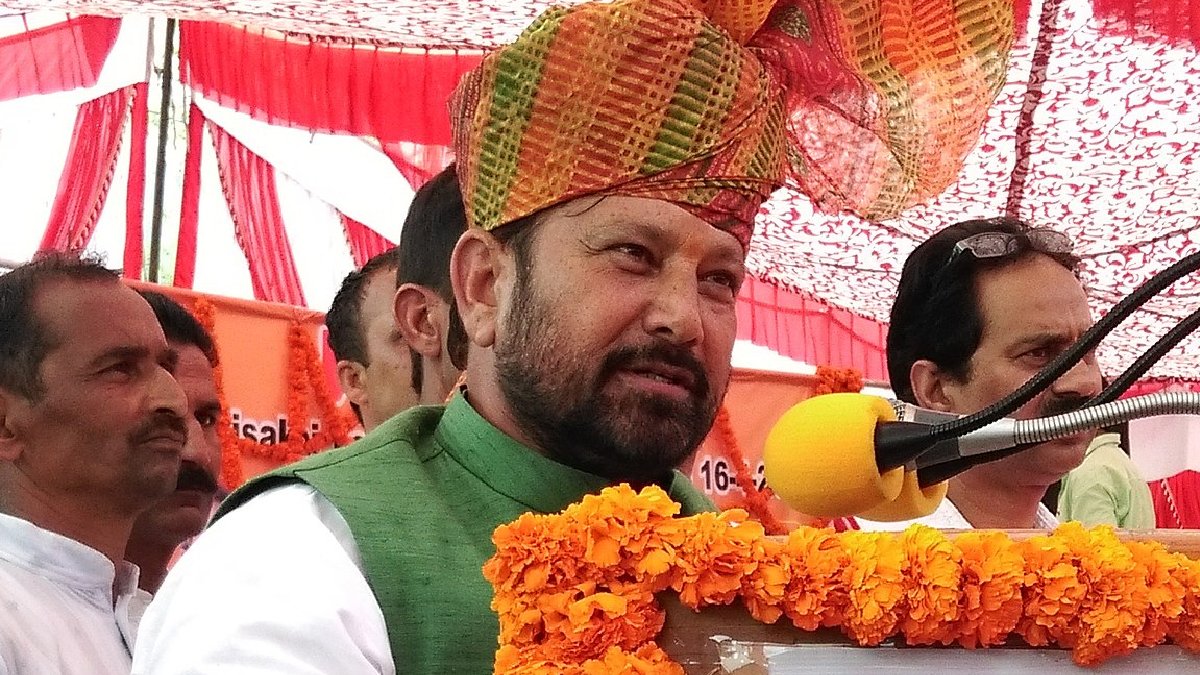
ESA investigates new methods of mapping tropical forests from space
Paris, August 22 (ANI): The European Space agency (ESA) is investigating new methods of mapping tropical forests from space.
Tropical forests play an important role in the terrestrial carbon budget by absorbing huge amounts of carbon from the atmosphere through photosynthesis and sequestering it as biomass.
These regions are, however, also subject to high rates of deforestation, which then releases the carbon back into the atmosphere.
Tropical forest biomass and its distribution across the world are currently poorly known.
Since tropical regions are often covered by clouds and therefore at times inaccessible to optical sensors, it is difficult to assess these carbon stocks from space.
In addition, forests are highly complex in structure and the large trees and dense canopy greatly complicate the generation of biomass maps from satellite images.
An airborne campaign, being carried out in South America, is showing how spaceborne radar could be an answer.
Appropriately, how best to map tropical forest biomass from space using radar is the focus of ESA's Tropisar airborne campaign.
The campaign is currently being carried out, in collaboration with French space agency CNES, in French Guiana, South America.
By providing answers to this crucial question, the campaign is helping to address one of the key objectives of ESA's candidate Earth Explorer mission BIOMASS.
The main objective of the BIOMASS mission is to provide consistent global estimates of forest biomass, its distribution and changes over time.
In this manner, the mission is expected to greatly improve our knowledge of carbon stored in forests, and better quantify the carbon fluxes to and from the atmosphere from land.
To reach this goal, the mission, if selected for implementation, would exploit the longest radar wavelength available to Earth observation - P-Band and its unique sensitivity to forest biomass.
An airborne radar system called Sethi is central to the Tropisar campaign, and is flown on a Mystere-20 jet.
According to Jerome Chave, a member of Ecologie des Forets de Guyane and expert in tropical forest biomass estimation, "French Guiana represents an ideal site for such a campaign because we can build on long-standing efforts in the region to measure forest properties with the help of the many different organisations here."
In total, it is expected that approximately 3.5 million gigabytes of radar data will have been collected during the campaign.
The last flight of the Tropisar campaign is planned for September 1. After this, the data will be processed by experts at ONERA in France and analysed by the Tropisar team. (ANI)


 Click it and Unblock the Notifications
Click it and Unblock the Notifications















